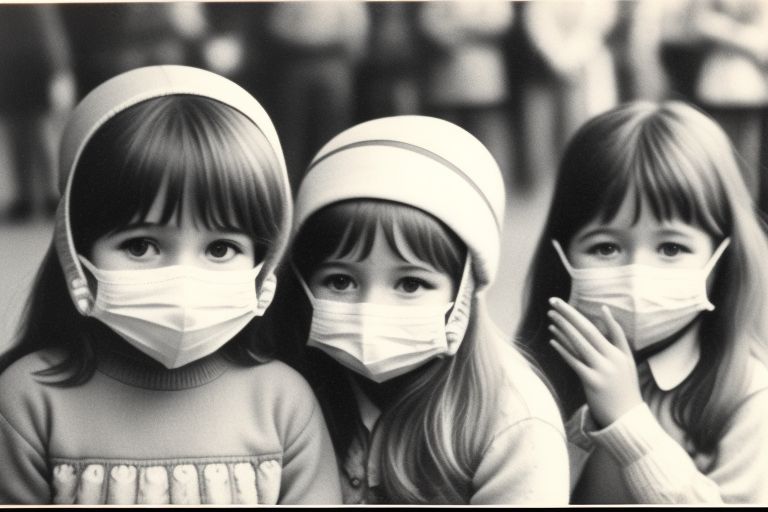Experiences of COVID-19: Cooperation & Competition in Russian Education

COVID-19 has had a swift and ubiquitously profound social impact arguably unseen at any other point of crisis in recent history. As the pandemic marched on, Russian education experienced a hard time settling into the new lay of the land with COVID-induced disruptions defying much of the system’s common norms, standards, and practices.
Anastasia Andreeva, Diana Koroleva, Sergei Kosaretsky, and Isaak Frumin have embarked on a research journey to explore how various stakeholders in Russian K—11 education interacted amid a tapestry of centrifugal and centripetal winds stirred by COVID-19. A chapter summarizing the study findings has been published in Springer’s Schools and Society During the COVID-19 Pandemic: How Education Systems Changed and the Road Ahead.
Before the pandemic, Russia found itself grappling with the digital evolution of education. A lack of preparedness for the impending crisis revealed systemic vulnerabilities. As the pandemic struck, the Russian government's delayed response and a noticeable lack of synergy between schools and EdTech entities left the education sector in disarray. Local initiatives sprouted, reflecting the resilience of educators facing unprecedented challenges.
As the crisis unfolded, the government pivoted towards centralization and stringent control over digitization efforts. Security concerns and a push towards market monopolization took center stage. The aftermath saw the birth of the "Digital Education Environment" project, an attempt to corral the digital landscape under federal governance. However, this move came at the cost of limiting choices, a broader trend influenced by both security fears and ideological considerations.
Schools, thrust into the digital realm, responded diversely. Some struggled to find post-crisis footing, lacking a coherent strategy. Others, viewing the pandemic as a catalyst for growth, embraced digital transformation. Amid this, collaboration between schools and EdTech emerged out of necessity, yet the government's stance remained unclear, providing neither active support nor hindrance.
In the post-crisis landscape, the EdTech sector witnessed growth but faced increased government regulation. The pivot towards B2C formats showcased a quest for independence. Families, navigating the complexities of the crisis, turned to private EdTech resources, gaining insights into the potential of the digital age.
The conclusion unveils a tale of unpreparedness in the face of a pandemic-induced educational upheaval. The government's attempt to establish a cohesive digital infrastructure faced hurdles, leading to a shift in strategy towards mediating relationships between EdTech and schools. The narrative, however, is tinged with missed opportunities—especially the lack of mutual support and trust between schools and EdTech. As the system leans towards a top-down approach, the potential for a collaborative, lifelong learning environment teeters on the edge, exposing the education system to unforeseen risks.